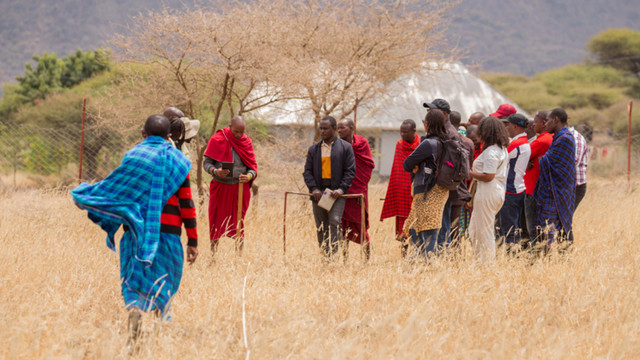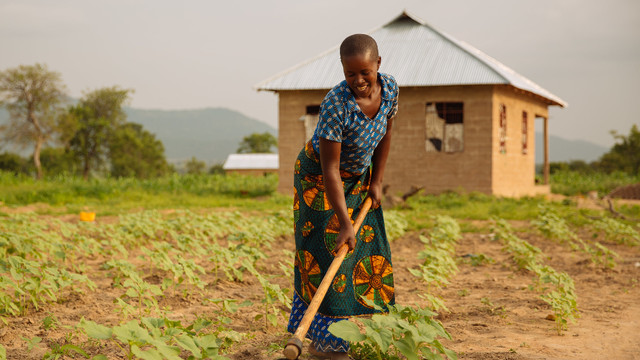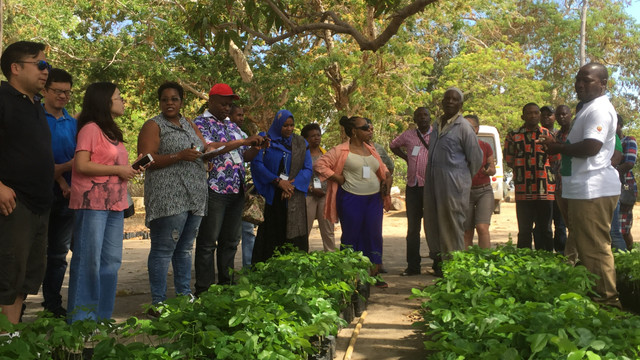Making REDD+ work for communities and forests: three shared lessons for project designers
The challenge of bringing a business-like approach to forest conservation, using Reducing Emissions from Deforestation and forest Degradation (REDD+) schemes, is complex and daunting. But three lessons learnt by a project in southeastern Tanzania can help ensure success.

Members of Likawage Village Natural Resources Committee use beaters to prevent a lit fire from burning backwards towards farms (Photo: Deogratias Ndossi)
Around the world, non-governmental organisations and communities are exploring how REDD+ might help them conserve forests and support local livelihoods. But REDD+ is far more complex than just forest conservation with automatic payments for storing carbon bolted on.
The Mpingo Conservation and Development Initiative (MCDI) has confronted the challenges of designing a REDD+ project in the sparsely populated Kilwa district, where people make a living from subsistence agriculture and depend heavily on the region's abundant forest and timber resources.
Starting with a successful community forestry project focused on sustainable timber extraction, certified by the Forestry Stewardship Council, the project team initially looked to REDD+ to help fund its expansion. But the eventual approach, based on improved fire management, was far from that originally envisaged.
It has now shared three lessons from its experiences to help others develop successful schemes.
Three lessons for success
Steve Ball/Jasper Makala
Mpingo Conservation and Development Initiative
The main lesson learnt was that the peculiar demands of REDD+ call for an extended project design phase, and that project implementers must have the confidence to make 'rough and ready' estimates to get a clear picture of the causes of deforestation. These prevent a lot of time being spent on detailed studies only to find out that the numbers do not support the project.
The business-like approach of REDD+ means it's necessary to make an early choice of which validation scheme to pursue before designing the rest of the project around that scheme's needs.
This extended design phase may pose additional challenges for REDD+ projects being developed in a new area, and it's vital to explain to communities what REDD+ is in order to obtain their initial buy-in and agreement to cooperate — but there is no need to rush in with a contract.
Earning and maintaining the trust of rural communities is critical, so it is better to proceed at a more cautious pace that best suits those communities.
Contact
Steve Ball (steve.ball@mpingoconservation.org) is the chief technical adviser to the Mpingo Conservation and Development Initiative (MCDI); Jasper Makala (jasper.makala@mpingoconservation.org) is MCDI's chief executive officer
Note: Although "Making REDD+ work for communities and forests: three shared lessons for project designers" is number 155 in the long-standing Gatekeeper series, it also marks a relaunch of the publication, not only in terms of design but also in content and style. Gatekeeper will now include case studies from across IIED's research and also an increased digital profile



